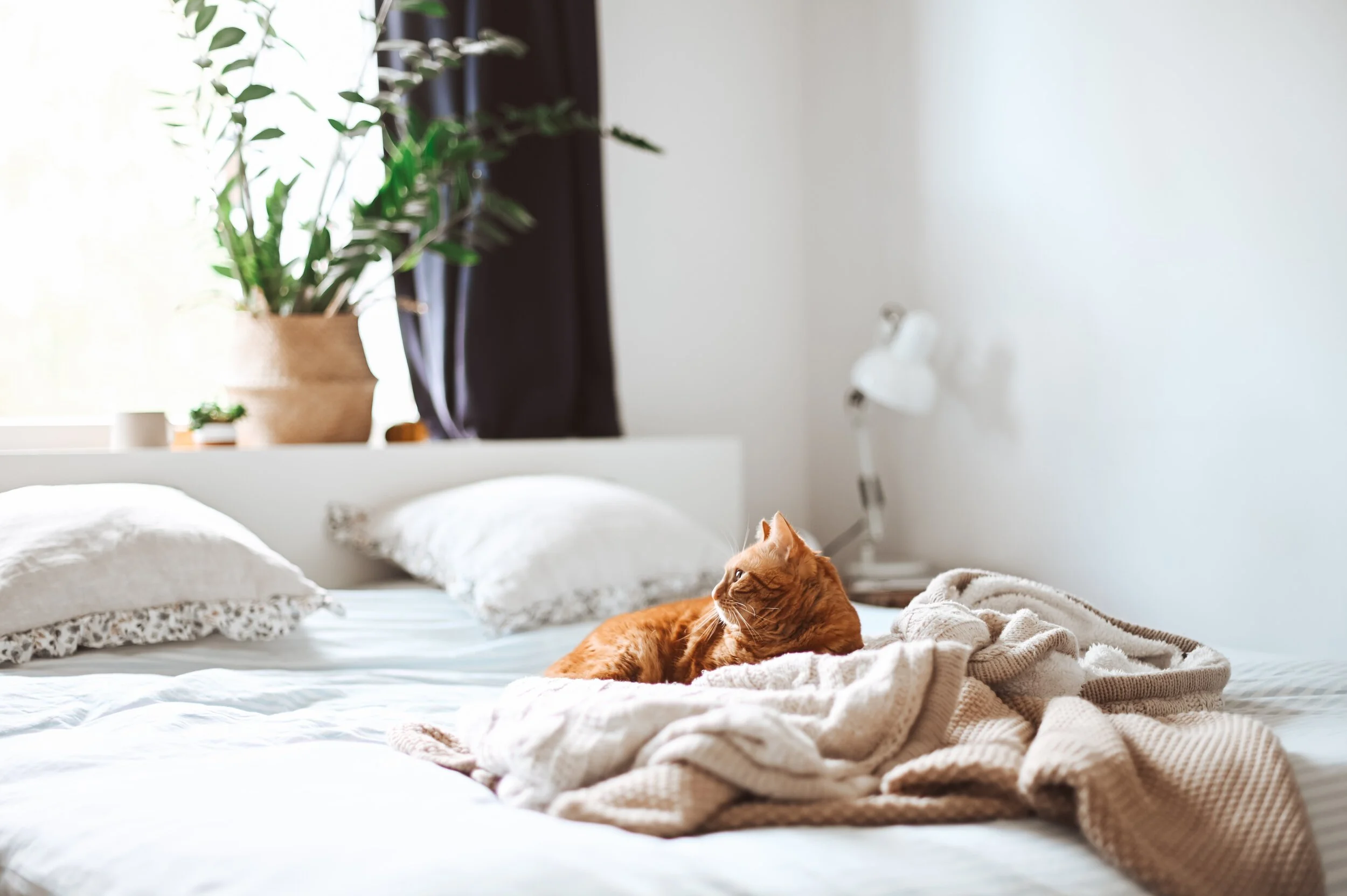Revolutionize Your Sleep in Five Easy Steps
Suraji Wagage, PhD, JD
According to the Centers for Disease Control and Prevention, 1 in 3 Americans don’t get enough sleep. Many of us are sleep-deprived or have poor sleep quality, and in many cases, stress and isolation during the COVID-19 pandemic have worsened sleep. Poor sleep then affects our mood, energy level, functioning, and more. The good news is that you can use techniques from Cognitive Behavioral Therapy for Insomnia (CBT-I) to improve your sleep today.
Each of the following techniques are aimed at strengthening your brain’s association between your bed and sleep. The more time we spend awake in bed, the more we weaken the connection between being in bed and being asleep, which leads to more wakefulness and worse sleep over time. These techniques also increase “sleep drive,” which is like hunger for sleep: it builds throughout the day and decreases at night. The stronger your sleep drive is at night, the easier it is to fall asleep.
Go to bed when you’re sleepy, not just tired
Though we may think of sleepiness and tiredness as interchangeable, they are actually different. If you get into bed when you’re feeling tired or fatigued but not sleepy, you will have a harder time falling asleep. Start to notice your cues for sleepiness (versus tiredness), and only go to bed when you are sleepy. Cues for sleepiness may include eyelids feeling heavy or having a hard time staying awake. If you engage in alerting activities before bedtime (such as using screens, eating, or exercising), you may not grow sleepy for a long time. Instead, try winding down and doing something relaxing in the evening.
Use your bed only for sleep (and sex)
While it is tempting to read and watch Netflix in bed, this can worsen sleep because it conditions your brain to be awake when you are lying in bed. If you can, prepare a comfortable alternative spot like an armchair or couch where you can read, check email, watch shows, and do anything else you’d like. The more appealing you can make this location (e.g., using pillows and blankets), the easier it will be to switch to using it.
If you can’t sleep, get out of bed
It may seem counterintuitive to get out of bed when you can’t fall asleep, but if you are lying awake for prolonged periods of time, you are training your brain to be awake in bed. This effect can grow so strong that sometimes people feel sleepy, get into bed, and find themselves wide awake as soon as they lie down!
If you are in bed and you are not falling asleep, or if you wake up in the middle of the night and can’t fall back asleep, get up, leave the room, and do something else until you feel sleepy. Try to do something that isn’t very alerting and doesn’t require bright lights (like folding laundry, reading, making a grocery list, meal planning, etc.).
Have a uniform wake time
Set your alarm and wake up at the same time each day, even on weekends and even if you didn’t sleep well or went to bed late the night before. Don’t give in to the temptation to sleep in to “make up” for the night before. Last night is over, but you can still improve the following nights of sleep. Waking up at the same time strengthens your sleep drive for the next nights. Over time, this will train your body to get sleepy around the same time each night, making it much easier to fall asleep.
Avoid napping
Napping is like snacking: it decreases sleep drive the way snacking decreases hunger, making it more difficult to fall asleep at night. Try to avoid napping during the day. If you can, take a quick walk outside if you find yourself growing sleepy in the daytime.
These techniques should not preclude therapy or consulting a physician. Some sleep issues require medical interventions, and others can be improved through Cognitive Behavioral Therapy. Research has shown that CBT-I is the most effective treatment for insomnia, and can be completed in as few as 4-6 sessions. Contact us to learn more.

